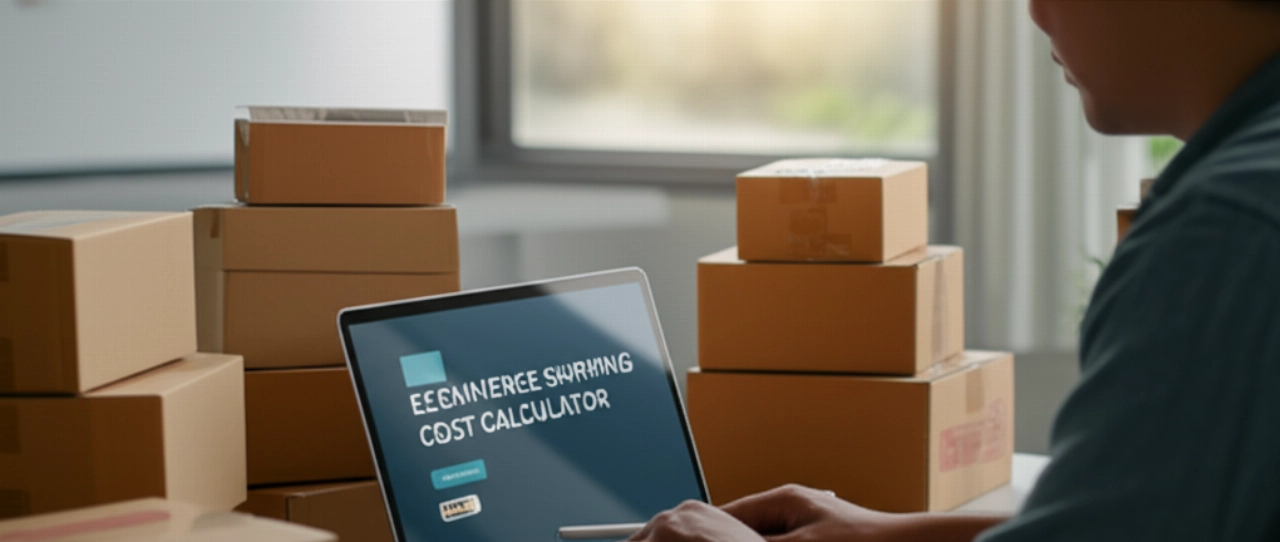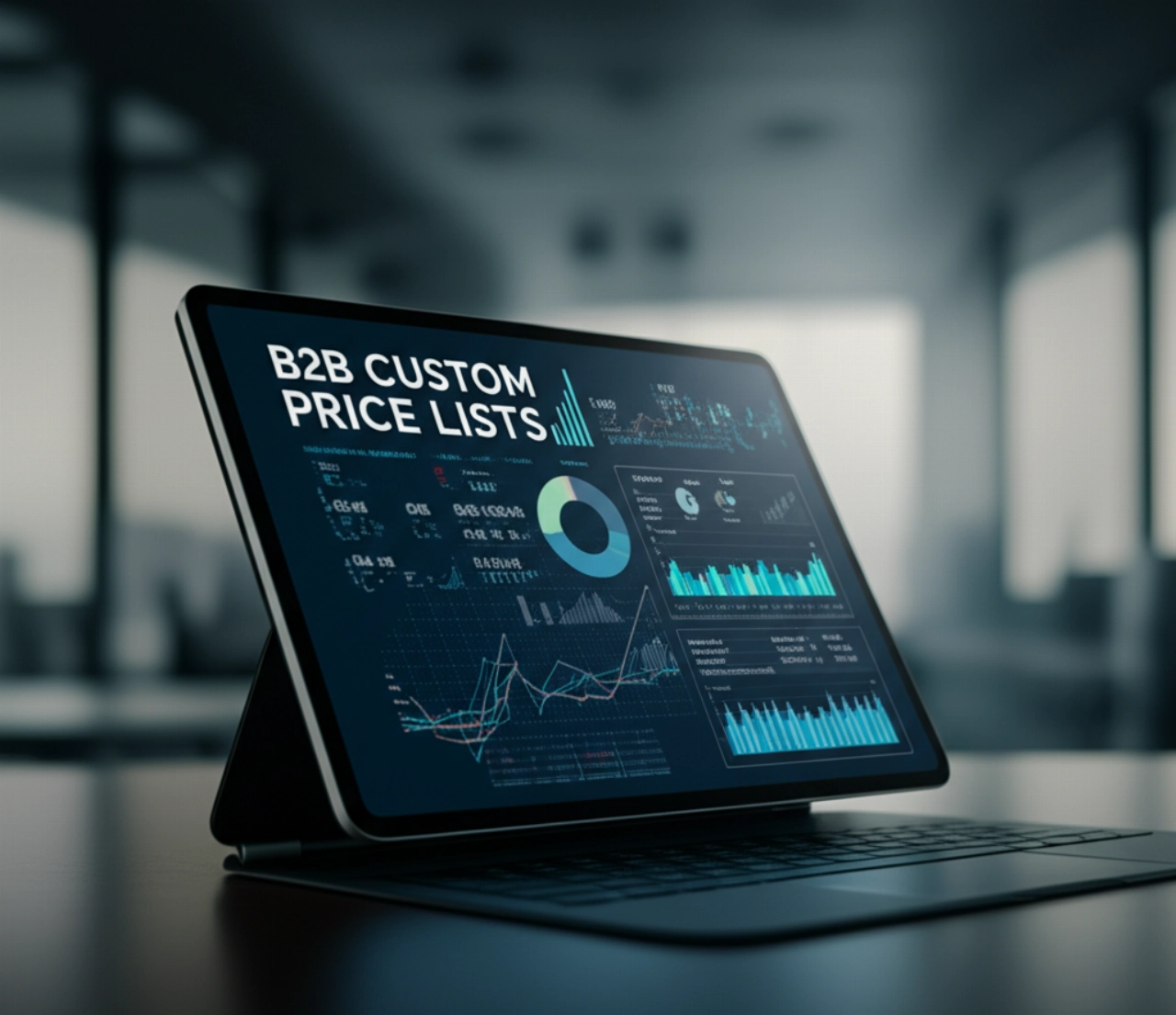The grocery sector is unique. It’s a delicate dance of perishable goods, razor-thin margins, complex logistics, and an ever-evolving customer expectation for convenience and speed. For enterprise-level grocers, the digital frontier isn't just another sales channel; it's the crucible where profitability is forged or lost. Are you feeling the strain of a digital platform that wasn't built for the intricate demands of fresh produce, dynamic pricing, and hyper-local delivery?
Many E-commerce VPs and CTOs in the grocery space are wrestling with a fundamental challenge: their current grocery ecommerce solutions are hitting a scalability ceiling. They’re grappling with integration hell, where ERP, PIM, and WMS systems refuse to speak the same language, leading to manual errors and operational bottlenecks. The fear of a failed migration looms large, threatening to derail years of brand building and customer trust. And the 'one-size-fits-all' trap of generic SaaS platforms simply can’t accommodate the nuanced needs of your business, from complex loyalty programs to precise last-mile delivery windows. The performance bottleneck during peak hours? It’s not just an annoyance; it’s lost revenue.
This isn't just about selling groceries online; it’s about engineering a digital ecosystem that mirrors the precision and efficiency of your physical operations, then amplifies it. This guide is your strategic roadmap. We will illuminate how to move beyond basic online ordering to build a resilient, profitable, and future-proof grocery commerce engine that transforms every challenge into a competitive advantage.

Beyond the Digital Aisle: Why Your Grocery Ecommerce Solution Must Be a Supply Chain Powerhouse
In grocery, the digital storefront is merely the tip of the iceberg. True profitability and customer loyalty are rooted deep within your operational infrastructure. A truly effective grocery ecommerce solution isn't just a website; it's the central nervous system connecting your entire supply chain, from farm to customer's fridge. Without this holistic view, you’re not just missing sales; you’re bleeding margin.
- Optimizing the Supply Chain: Imagine real-time inventory visibility across all stores and warehouses, dynamically adjusting stock levels based on predictive analytics for perishable goods. This isn't a luxury; it's a necessity to minimize waste and maximize freshness.
- Mastering Inventory Management: From batch tracking to expiry dates, your platform must handle the granular details of thousands of SKUs, ensuring accuracy and reducing spoilage. This directly impacts your bottom line and customer satisfaction.
- Boosting Customer Lifetime Value (CLV): Beyond the initial purchase, a robust platform enables personalized promotions, subscription services, and seamless reordering, turning one-time buyers into loyal advocates. It's about understanding their habits and anticipating their needs.
Your digital commerce strategy must be an extension of your operational excellence, designed to enhance efficiency, reduce costs, and unlock new revenue streams. This is the vision that separates market leaders from those struggling to keep pace.

The Perishable Pitfalls: Why 'Off-the-Shelf' Solutions Spoil Your Grocery Business
The allure of a quick, cheap SaaS solution is understandable, but for enterprise grocery, it’s often a false economy. These platforms, designed for generic retail, quickly become straitjackets when confronted with the unique complexities of your business:
- The 'One-Size-Fits-All' Trap: Generic platforms struggle with dynamic pricing based on weight, origin, or promotions. They lack the flexibility for complex B2B wholesale orders alongside B2C, or the nuanced product configurators for custom meal kits.
- Integration Hell: Without deep, native integrations, your ERP, PIM, WMS, and CRM become siloed islands of data. This leads to manual data entry, order fulfillment errors, stock discrepancies, and a fragmented customer view. The result? Operational nightmares and a massive drain on resources.
- Performance Bottleneck: During peak hours, a slow site isn't just inconvenient; it’s catastrophic. For grocery, where speed and reliability are paramount, a platform that buckles under load means lost sales and frustrated customers who will simply go elsewhere.
- Last-Mile Delivery Headaches: Managing intricate delivery windows, temperature-controlled logistics, and route optimization is beyond the scope of most standard platforms. Attempting to force these complex workflows into a rigid system leads to inefficiencies and a poor customer experience.
These aren't minor inconveniences; they are existential threats to your digital growth. Investing in a solution that truly understands the grocery ecosystem is not a cost; it's an imperative to avoid these costly, growth-stifling pitfalls.

Engineering Your Digital Supermarket: Key Pillars of a Robust Grocery Ecommerce Platform
Building a future-proof grocery ecommerce solution requires a strategic blueprint, not just a shopping cart. Here are the foundational pillars:
- Composable Commerce Architecture: Move beyond monolithic systems. A composable commerce approach, leveraging MACH (Microservices, API-first, Cloud-native, Headless) principles, allows you to pick and choose best-of-breed components. This means you can integrate a specialized PIM integration for rich product data, a powerful personalization engine for tailored offers, and a robust order management system, all working seamlessly together. This flexibility ensures your platform evolves with your business, not against it.
- Seamless ERP Integration: Your digital platform must be deeply connected to your core ERP integration. This ensures real-time inventory updates, accurate pricing, streamlined order processing, and a unified view of your business operations. It eliminates manual reconciliation and drastically reduces errors.
- Advanced Fulfillment & Last-Mile Delivery: This is where grocery truly differentiates. Your solution needs sophisticated capabilities for managing pick-pack-ship, cold chain logistics, dynamic route optimization, and flexible delivery windows. Whether it's click-and-collect, home delivery, or third-party logistics, the system must support your operational model.
- Scalability & Performance: Built to handle seasonal peaks, flash sales, and rapid growth without breaking a sweat. This means cloud-native infrastructure, optimized code, and a focus on speed at every touchpoint. A fast site equals higher conversions and happier customers.
- Data-Driven Personalization & Analytics: Leverage customer data to offer relevant product recommendations, personalized promotions, and a truly tailored shopping experience. Robust analytics provide insights into purchasing patterns, operational efficiencies, and areas for growth, empowering data-driven decisions.
These pillars form the bedrock of a high-performing, profitable grocery ecommerce operation. They are the difference between merely existing online and truly dominating your market.
From Concept to Cart: The Commerce K Advantage in Grocery Ecommerce
At Commerce K, we understand that for enterprise grocers, the stakes are incredibly high. A digital transformation isn't just a project; it's a strategic imperative that requires a partner who speaks your language—both business and technical.
We don't offer generic templates. We engineer bespoke grocery ecommerce solutions designed to meet the unique demands of your product catalog, supply chain, and customer base. Our approach mitigates the fear of a failed migration by employing meticulous planning, phased rollouts, and a deep understanding of SEO continuity. We transform your integration hell into a harmonized ecosystem, connecting your disparate systems into a single, efficient flow.
Our expertise in custom ecommerce development and ecommerce migration services means we build platforms that are not only robust and scalable but also provide a lower Total Cost of Ownership (TCO) over their lifecycle. We focus on creating a competitive moat for your business, engineering solutions that your competitors simply cannot replicate with off-the-shelf tools.
We are not just vendors; we are strategic partners committed to your long-term success. We translate complex technical requirements into clear, measurable business outcomes, ensuring your investment yields significant ROI.
Frequently Asked Questions about Grocery Ecommerce Solutions
How do you handle complex inventory management for perishable goods and varying stock levels?
Our solutions integrate deeply with your existing ERP and WMS systems, often leveraging advanced PIM capabilities. We implement real-time inventory synchronization, batch tracking, expiry date management, and predictive analytics to minimize waste and ensure accurate stock availability, even for highly perishable items.
What about last-mile delivery and fulfillment challenges unique to grocery?
We design custom fulfillment workflows that account for cold chain logistics, dynamic routing, delivery window management, and various pick-pack models (e.g., in-store, dark store, warehouse). This includes integration with third-party logistics providers or optimizing your in-house delivery fleet for efficiency and customer satisfaction.
Can your solution integrate with our existing ERP, CRM, and WMS systems?
Absolutely. Integration is a cornerstone of our approach. We specialize in building robust, API-first connections to your critical business systems (ERP, CRM, WMS, PIM, etc.) to ensure seamless data flow, automate processes, and provide a unified view of your operations and customers. We turn your 'integration hell' into a harmonized ecosystem.
What is the typical ROI and timeline for an enterprise-level grocery ecommerce project?
ROI varies based on specific business goals but typically includes increased sales, reduced operational costs (due to automation and efficiency), improved customer retention, and enhanced market share. Timelines depend on complexity but generally range from 9 to 18 months for a comprehensive enterprise solution. We provide detailed scoping and phased roadmaps to ensure transparency and manage expectations.
How do you ensure SEO continuity and data integrity during a platform migration?
Our migration strategy includes extensive SEO planning, comprehensive URL redirects (301s), content mapping, and meticulous data transfer protocols. We conduct thorough pre- and post-migration audits to minimize SEO impact and ensure all customer, order, and product data remains intact and accurate, safeguarding your existing digital assets.
Your Future-Proof Grocery Commerce Engine Starts Here
You've navigated the complexities of the grocery market for years, building a trusted brand. Now, it's time for your digital presence to reflect that same level of strategic foresight and operational excellence. The journey from a constrained, fragmented online store to a scalable, integrated, and profitable grocery commerce powerhouse can seem daunting.
Perhaps you're thinking, "This sounds expensive," or "Do we really have the internal resources for such a monumental shift?" The real question isn't the cost of investment, but the cost of inaction. The true expense lies in missed opportunities, operational inefficiencies, and the erosion of market share due to an outdated digital footprint. We understand these hesitations, and we’re here to de-risk your investment.
Stop navigating technical debt and operational bottlenecks. Your business deserves a clear digital commerce roadmap that delivers measurable results and positions you for sustained growth. The first step isn't a quote; it's a no-obligation Scoping & Strategy Session with our senior architects. We'll help you map your potential, identify your unique challenges, and de-risk your investment by outlining a clear path forward. Click here, tell us about your project, and discover the opportunities you're currently missing. Start building your future-proof commerce engine today.
Now that you understand the strategic imperative of a robust grocery ecommerce solution, discover how we execute a seamless ecommerce migration service or explore the benefits of a headless commerce agency for ultimate flexibility.





